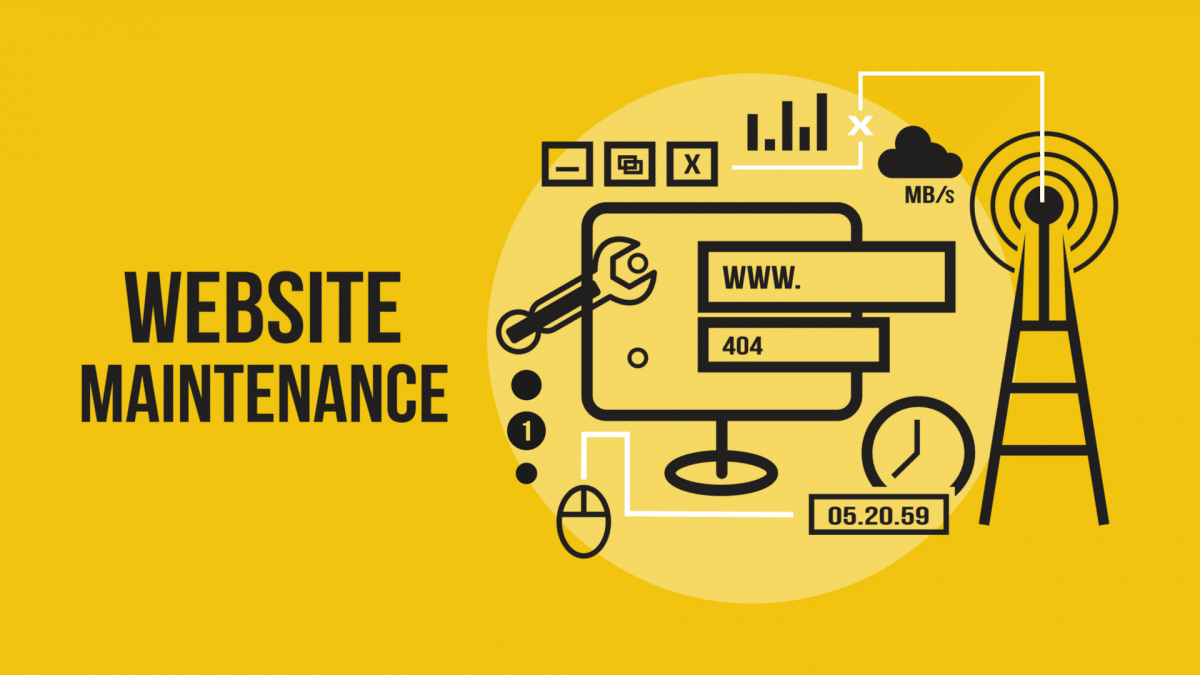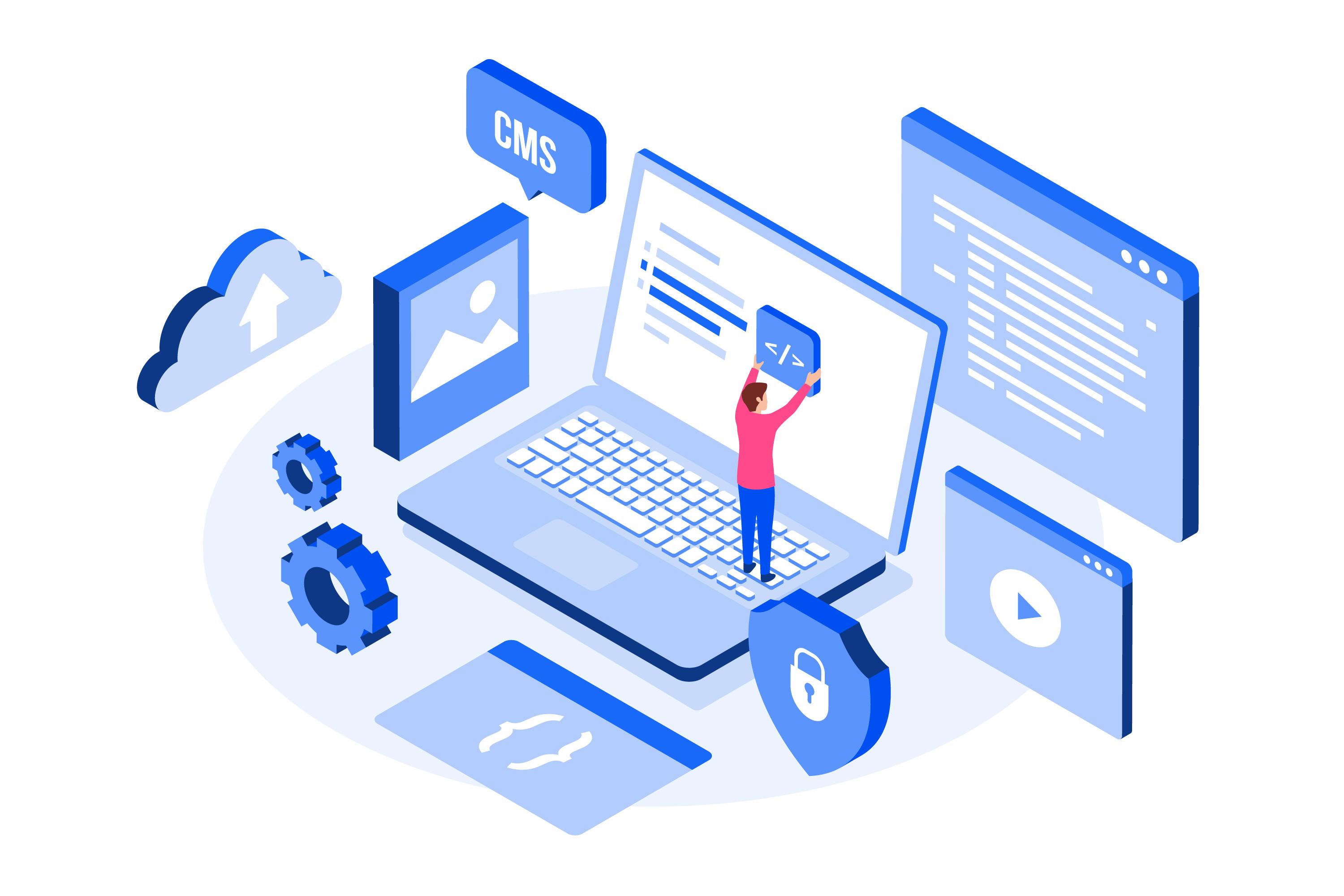How to Create a Website Maintenance Checklist

How to Create a Website Maintenance Checklist
Introduction:
Your website is the digital face of your business, and like any other asset, it requires regular maintenance to ensure it continues to serve its purpose effectively. A well-structured website maintenance checklist is essential for keeping your site secure, functional, and engaging for your visitors. In this comprehensive guide, we will discuss how to create a website maintenance checklist that covers all the critical aspects of website upkeep, from security and performance to content and user experience.
Elevate your online presence with Ecphasis Web Maintenance Service. We offer expert web maintenance services that guarantee optimal performance, security, and SEO benefits. Our team ensures your website remains up-to-date, mobile-responsive, and bug-free. Invest in consistent upkeep to keep your digital face at its best and drive success for your business.
Why Do You Need a Website Maintenance Checklist?
Before diving into the process of creating a website maintenance checklist, it's essential to understand why it's crucial for your online presence. A well-maintained website can:
-
Enhance Security: Regularly addressing security concerns is vital in protecting your site from hacking, data breaches, and malware.
-
Improve Performance: Optimizing your website's speed and functionality ensures a smooth user experience, which can have a direct impact on visitor retention and conversion rates.
-
Safeguard Data: Consistent backups help prevent data loss in case of technical failures or security breaches.
-
Maintain SEO Rankings: Regular content updates and SEO improvements are essential to keep your website visible and competitive in search engine results.
-
Deliver a Positive User Experience: Ongoing checks and updates contribute to an engaging and user-friendly website, encouraging repeat visits and customer loyalty.
Now, let's dive into the steps for creating a comprehensive website maintenance checklist:
Step 1: Identify Your Website's Critical Components
The first step in creating a website maintenance checklist is to identify the essential components of your website that require regular attention. These components typically include:
-
Content: Regularly updating and adding new content to keep it fresh and relevant.
-
Security: Consistently checking for vulnerabilities and applying security updates.
-
Performance: Optimizing website speed and responsiveness for various devices.
-
SEO: Monitoring and improving your website's visibility in search engine rankings.
-
User Experience (UX): Ensuring that the website is user-friendly and accessible.
-
Legal Compliance: Ensuring that your website adheres to legal requirements, such as GDPR or ADA.
-
Backup and Data Recovery: Implementing regular backups to safeguard your data.
Step 2: Determine Maintenance Frequency
The next step is to determine how often each component of your website needs attention. For instance:
-
Content: Consider how frequently you will update your blog, news section, or product listings.
-
Security: Check for security updates and potential vulnerabilities on a regular basis, typically weekly or monthly.
-
Performance: Regularly monitor website speed and functionality, at least monthly.
-
SEO: Analyze and improve your SEO strategy as needed, which may also be a monthly task.
-
User Experience (UX): Continuously monitor user feedback and make improvements as required.
-
Legal Compliance: Keep an eye on changing legal requirements and ensure your website complies.
-
Backup and Data Recovery: Set up automated, regular backups, typically daily or weekly.
Step 3: Create a Detailed Maintenance Task List
For each component, create a detailed list of maintenance tasks. For example:
Content:
-
Regularly update blog posts, news articles, or product descriptions.
-
Ensure that all content is free from errors, broken links, and outdated information.
-
Monitor user engagement with content to identify areas for improvement.
Security:
-
Install and configure security plugins or software.
-
Regularly apply security updates to your content management system (CMS) and plugins.
-
Conduct security audits to identify potential vulnerabilities.
Performance:
-
Optimize images and media to reduce page load times.
-
Implement browser caching and minify CSS and JavaScript files.
-
Regularly test the website's speed and performance on various devices.
SEO:
-
Perform keyword research to identify new content opportunities.
-
Update meta tags, headers, and optimize content for search engines.
-
Monitor SEO performance using analytics tools and adjust your strategy as needed.
User Experience (UX):
-
Gather user feedback through surveys, comments, and user testing.
-
Ensure your website is accessible to all users, including those with disabilities.
-
Continuously improve website navigation and layout based on user preferences.
Legal Compliance:
-
Regularly review and update your privacy policy and terms of service.
-
Ensure that your website complies with relevant regulations, such as GDPR or ADA.
Backup and Data Recovery:
-
Set up automated backups of your website and databases.
-
Test data recovery procedures to ensure they work when needed.
-
Store backups in a secure location, separate from your website server.
Step 4: Assign Responsibility
Determine who will be responsible for each task in your website maintenance checklist. Depending on the size of your team or organization, you may have different individuals or departments accountable for specific tasks. Assigning responsibility ensures that nothing falls through the cracks and that tasks are completed in a timely manner.
Step 5: Schedule Maintenance
Create a maintenance schedule that outlines when each task should be performed. This schedule can be daily, weekly, monthly, or even quarterly, depending on the nature of the task. Utilize project management tools, calendars, or website maintenance software to help you stay organized and ensure that you don't miss important deadlines.
Step 6: Automation and Tools
Consider using automation and website maintenance tools to streamline your checklist. Many content management systems offer plugins and add-ons that can automate tasks like backups, security scans, and performance optimization. Additionally, analytics tools can provide insights into SEO and user behavior, making it easier to identify areas for improvement.
Step 7: Review and Adjust
Periodically review your website maintenance checklist to ensure it remains up-to-date and effective. As technology evolves and your website grows, your maintenance needs may change. Be ready to adjust your checklist accordingly.
Conclusion
A well-structured website maintenance checklist is your roadmap to keeping your website secure, functional, and engaging. By identifying essential components, determining maintenance frequencies, creating detailed task lists, assigning responsibility, scheduling maintenance, and using automation and tools, you can ensure that your website remains in top shape. Regularly review and adjust your checklist to stay aligned with evolving web technologies and changing business needs. Remember, a well-maintained website is a key factor in achieving your online goals and keeping your visitors engaged and satisfied.






















